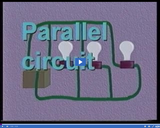
There are several paths electrons can take in a parallel circuit. When there is a break in a circuit, electric current is able to flow.
- Subject:
- Science
- Provider:
- Utah Education Network
- Author:
- Visual Learning Company
- Date Added:
- 02/28/2010

There are several paths electrons can take in a parallel circuit. When there is a break in a circuit, electric current is able to flow.
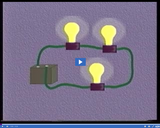
In a series circuit, there is one path electric current can flow. If there is a break in a series circuit, the entire circuit shuts down.
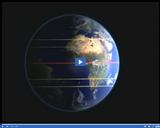
Deserts comprise about 14% of Earth's landmass and most are located between 20-30 degrees south latitude and 20-30 degrees north latitude. The Sahara, Chihuahuan, Mojave, and Sonoran deserts are highlighted on maps.
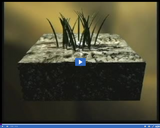
Permafrost is the phenomenon by which only thin layers of the upper soil in the arctic tundra thaw, while the lower layers remain permanently frozen.
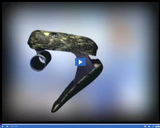
Rattlesnakes use poisonous venom to subdue prey.
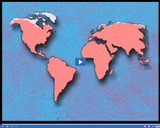
The arctic tundra biome, highlighted in white on this map, receives very little precipitation.
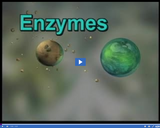
Enzymes play an important role in chemical digestion.
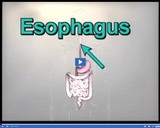
The esophagus is a muscular tube that carries food from the mouth to the stomach through waves of muscular contractions called peristalsis.
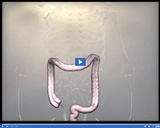
Water is absorbed in the large intestine. The remaining materials leave the body as waste.
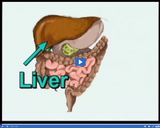
The liver is an organ that filters blood and plays a major role in metabolism.
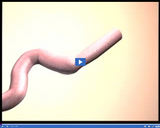
Peristalsis involves muscular contractions that move food through the small intestine to the large intestine.
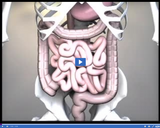
The small intestine is a long tube in the center of the abdomen where a great deal of chemical digestion takes place.
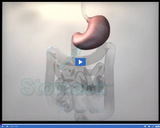
Chemical and mechanical digestion take place in the stomach, a muscular organ. Digestive juices, including hydrochloric acid, chemically break down food.
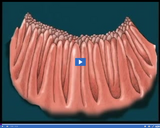
Villi line the inner walls of the small intestine, increasing the surface area through which food can be absorbed.

Villi are filled with blood vessels, through which food molecules enter the blood stream, where they are converted to energy.
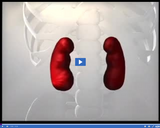
The main organs of the human urinary system include two bean-shaped kidneys located at the bottom of the rib cage near the back. Kidneys perform the very important job of removing nitrogen-containing wastes from the blood.

Atoms contain three types of subatomic particles: protons, which have a positive charge; neutrons, which have a neutral charge; and electrons, which have a negative charge.

Several thousand fossil specimens of multi-cellular life have been collected in the Ediacara Hills of Australia that are believed to be 650-700 million years old.

It is believed that for approximately the first one billion years, Earth had no continents or oceans.
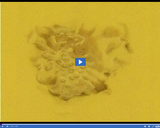
Animation depicts fossils from some of the first complex, specialized, multi-cellular organisms. These fossils are similar to modern-day jellyfish, sea pens, and segmented worms.